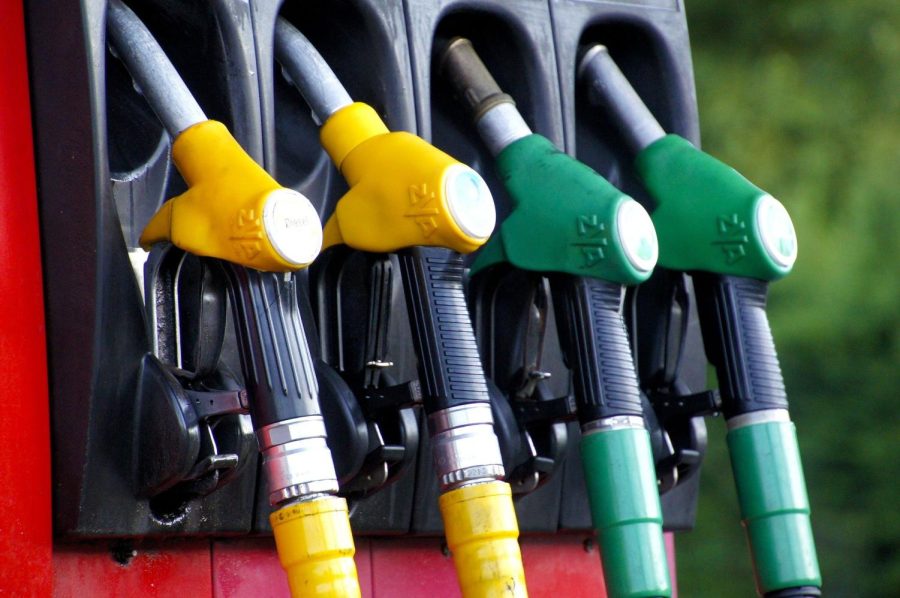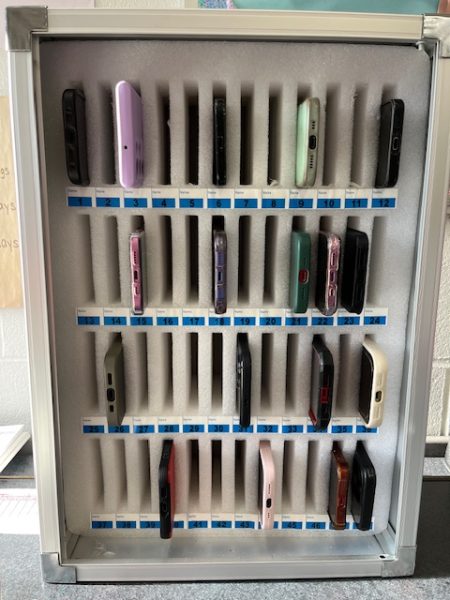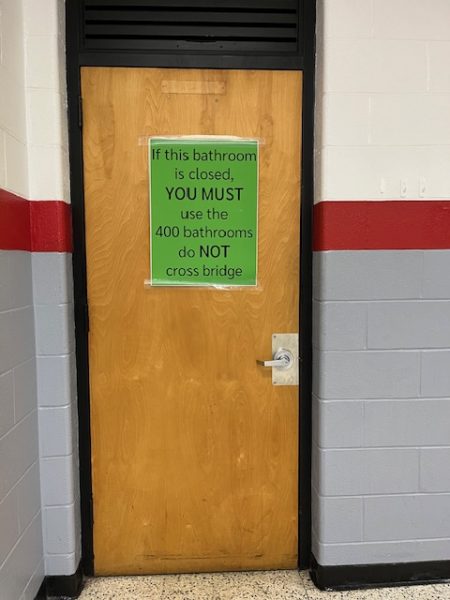How Higher Gas Prices Affect Americans Nation Wide
Image by IADE-Michoko from Pixabay
Gas prices getting higher makes ride-hailing workers’ profits lower.
The major increase of gas prices has been heavily affecting individual groups of people across the country.
Back in 2011, gas prices had hit an average price of $3.96. Around August of 2014, prices lowered considerably, and held steady. In November of 2020, gas cost went as low as an average of $2.11, but has been increasing since then, according to Insider. As of March 7, 2022, the highest cost of gas was in California with a price of $5.34 per gallon and the lowest in Missouri at $3.63 per gallon.
While a lot of people can withstand these higher prices, the poor, specifically the rural poor driving constantly, have been affected by it heavily, according to NBC News. It can be argued that a simple solution to this problem could be by driving less to insure less spending, but this doesn’t help much with the lower earners. Lower earners typically drive to work and have less of a chance to work at home.
People who drop off people or food from place to place like Lyft, Uber, and Doordash are also caught in the crossfire of higher gas prices. It is usually the final crack for these workers. According to The New York Times, a survey from about two weeks ago hosted by Harry Campbell, a blogger who writes a blog called The Rideshare Guy, saw that 15% out of 325 of his followers who drive have completely quit driving and 38% were driving less to compensate for the higher prices.
As technology reporter Kellen Browning from The New York Times said on March 17, some drivers had boycotted “drive-hailing” due to their frustration on high gas prices.
Many drivers find life difficult because of these prices. Ride-hailing workers are being forced to cut back work hours to prevent more spending on the tank.

Jeremy is a freshman at LHRS and a staff writer for The Lancer Ledger. This is his first time writing for a paper, and he is interested in what will be...












